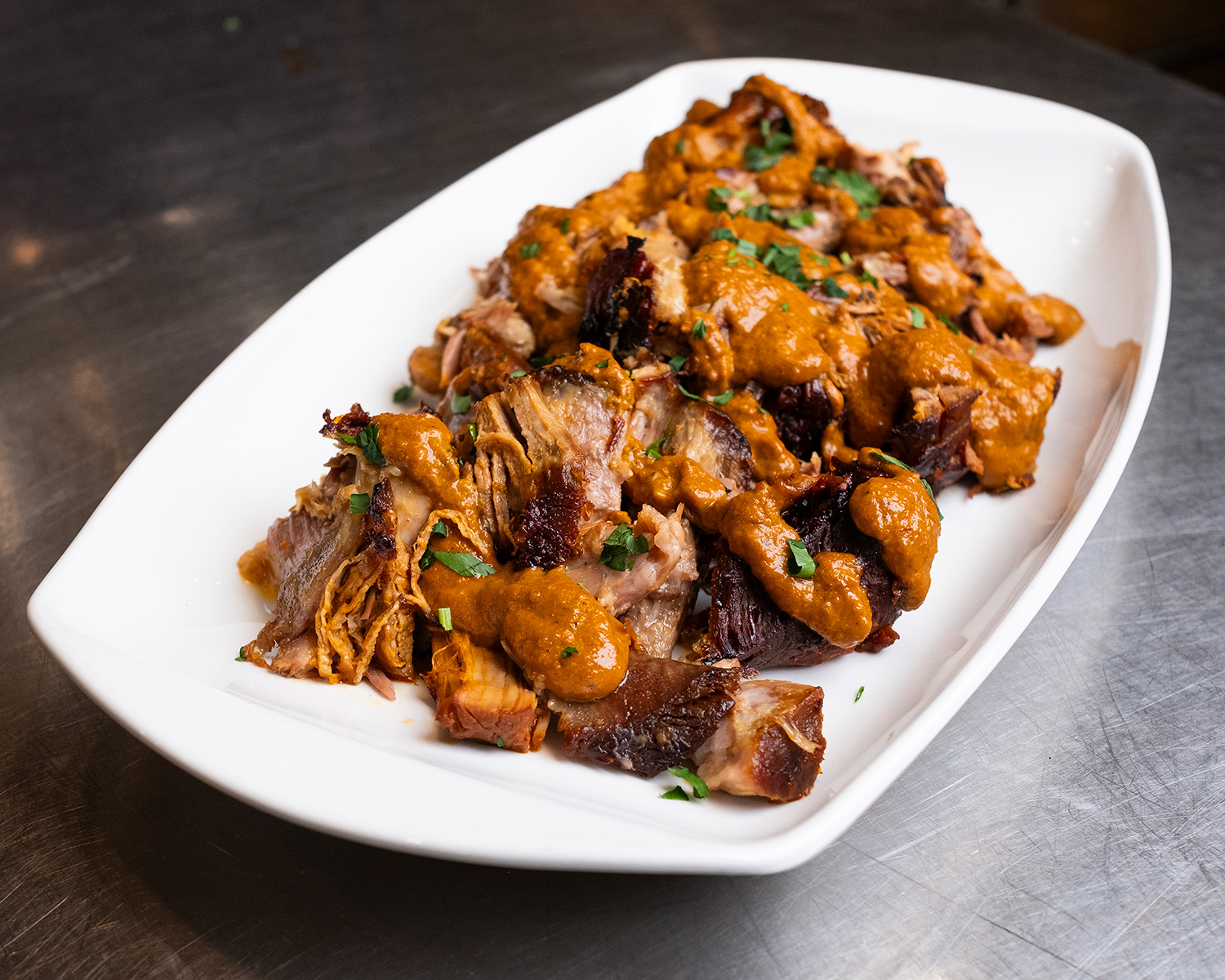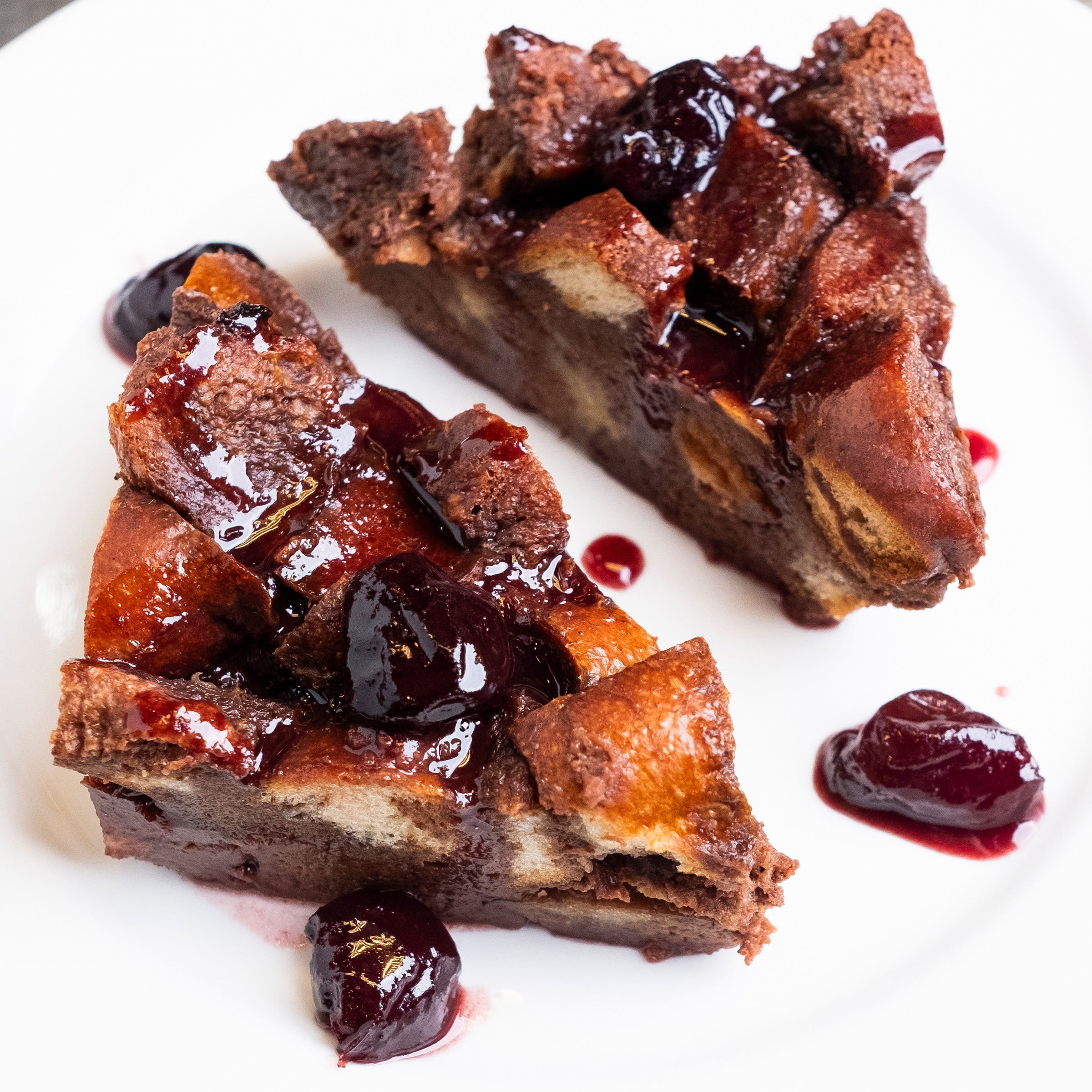Types of Pizza Ovens: To Brick or Not to Brick
In the competitive world of cuisine, chefs specializing in high-heat cooking operate with the goal of producing large volumes of high-quality food in record time. As such, every ingredient must be carefully chosen to meet a highly specific set of needs, from crust to sauce to the toppings themselves. But before they get down to cooking, there is one more choice that will determine the outcome of every pizza that comes from their kitchens: the type of pizza oven that will be used to transform their raw ingredients into crisp crust blanketed by melty cheese and sizzling toppings.
Typically, when people picture commercial pizza ovens, traditional brick ovens with their round domes and brick-and-mortar construction are what come to mind. But are brick ovens really the best type of oven for pizza? Well, it depends.
First, it is important to not get bogged down by semantics. The term “brick oven” can act as a kind of catch-all, encompassing types of pizza ovens made with either bricks or ceramic tiles. As we have discovered via helping our clients and customers choose between types of commercial pizza ovens, “brick oven” is a somewhat generic term.
That said, when we talk about “brick” ovens, at least for the purposes of this piece, we are indeed referring to the type of pizza oven referenced above, those that are constructed from actual bricks held together by some type of mortar.
Brick Ovens: An Ancient Choice with Modern Drawbacks
Among types of pizza ovens, part of the appeal of brick is that it is a choice rooted in deep history. The earliest brick ovens were made of igneous rock from Mt. Vesuvius, as evidenced by findings perfectly preserved in the ruins of Pompeii. Street vendors made and sold pizzas cooked in these ovens—a precursor to our modern-day ability to “grab a slice” whenever the mood strikes in just about every city and town in North America.
Although brick ovens have history on their side, as cooking vessels go, they do tend to come with challenges worth considering. Some of the primary drawbacks of brick ovens include:
- Temperature regulation of the dome
- Temperature regulation of the floor
- Learning curve
- Durability and longevity
Temperature regulation of the dome
Many forces must converge in order to create a perfect pizza, and depending on who you ask, it is either the dough, the sauce, or the toppings that play the biggest role in crafting an ideal pie. We may be biased, but we tend to think type of pizza oven is the foundational component of pizza production. Because of the porous nature of the bricks they are made from, brick ovens tend to heat up and cool down quickly and it can be difficult to maintain an ideal temperature under the dome.
Temperature regulation of the floor
As above, so below. Temperature fluctuations in the dome can be mirrored by inconsistencies of floor temperature of brick ovens, once again attributable to the porous nature of brick flooring. Shaped more like large tiles than actual bricks, brick oven flooring material nonetheless allows for heat loss due to gaps between the tiles. Pizza cookery is a skill that requires both artistry and precision, and inefficient heat transfer—an issue that can vary along with a pizza’s proximity to the oven’s heat source—can be a tough obstacle to navigate. When considering types of commercial pizza ovens, the ability to create a consistent product is a crucial benchmark for any business.
Learning curve
Which brings us another drawback of commercial brick ovens—that they have a steeper learning curve than their stone hearth counterparts. Simply put, it takes more experience to cook with a brick oven than other types of pizza ovens. Every aspect of brick oven use is finicky, from building the fire that acts as the heat source, to maintaining the proper temperature, to positioning the food for even cooking, to troubleshooting any problems that might arise. All of these factors require an experienced hand, not only with brick pizza ovens in general, but with each brick oven in particular.
Durability and longevity
Given that remnants of brick ovens were unearthed from the ruins of Pompeii, no one is trying to make the argument that brick ovens aren’t durable. However, because of the expansion and retraction that happens during heating and cooling—and are the result of the temperature fluctuations of brick ovens—brick domes are susceptible to structural weakness, in particular to the mortar that holds the bricks together. Brick floors are subject to the same fluctuations and some brick oven owners find themselves needing to replace floor components and rebuild flooring regularly.
If you’re assessing types of pizza ovens, you need an oven that can more than meet the challenges of high-heat, high-volume commercial cooking. Navigating temperature fluctuations during a lunch or dinner rush, training staff in the idiosyncrasies of your particular brick oven, and dealing with ongoing maintenance issues are all challenges that can be mitigated simply by choosing a type of pizza oven that is designed to withstand the requirements of pizza production.
Our stone hearth ovens offer superior temperature control, ease of operation, and increased efficiency and longevity, as well as unmatched, industry-leading customer service and support. Explore our customers’ favorite products, Wood Stone specialty oven options, or contact our 24-hour support and customer service line to discover the best commercial pizza oven for your business.


